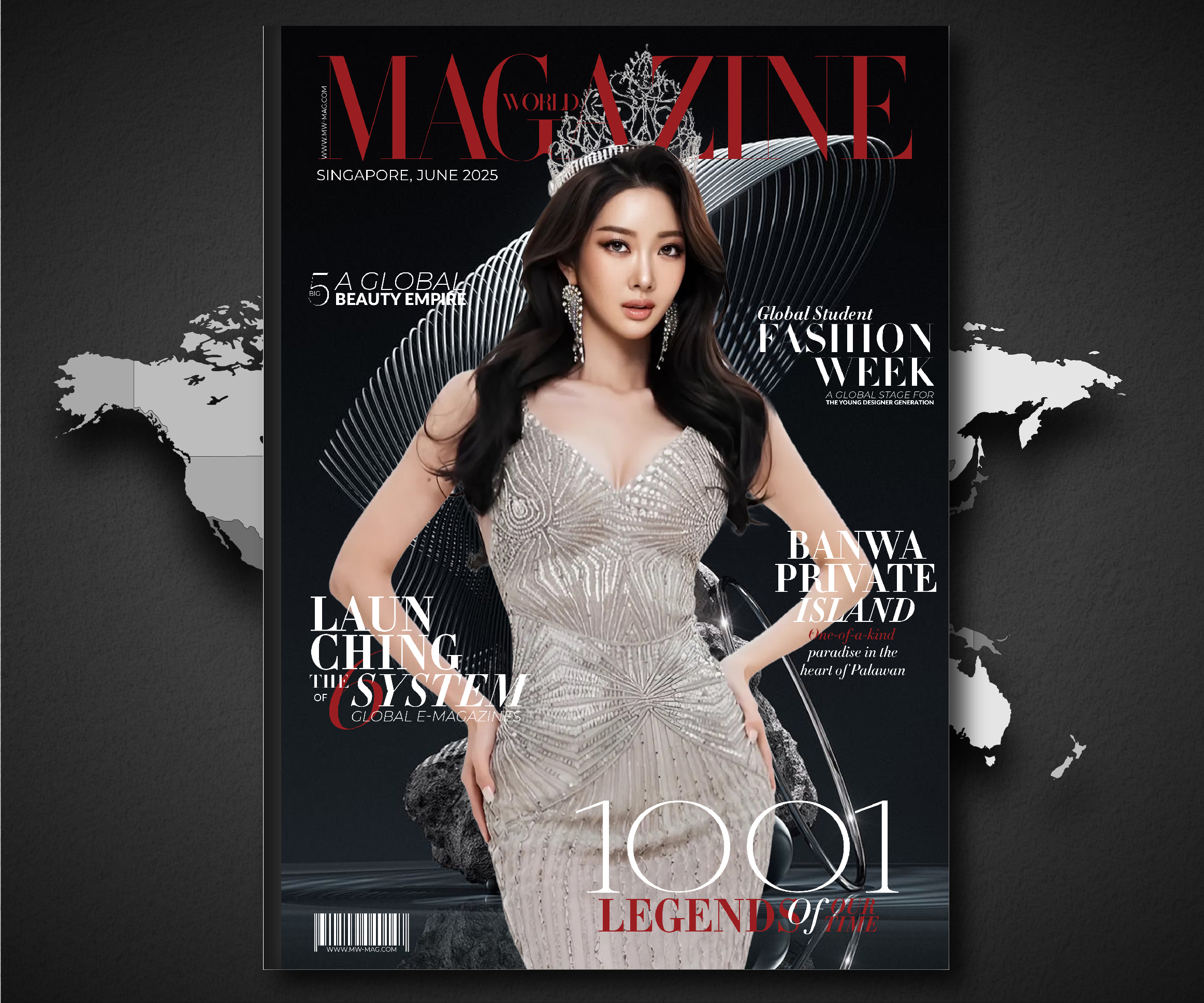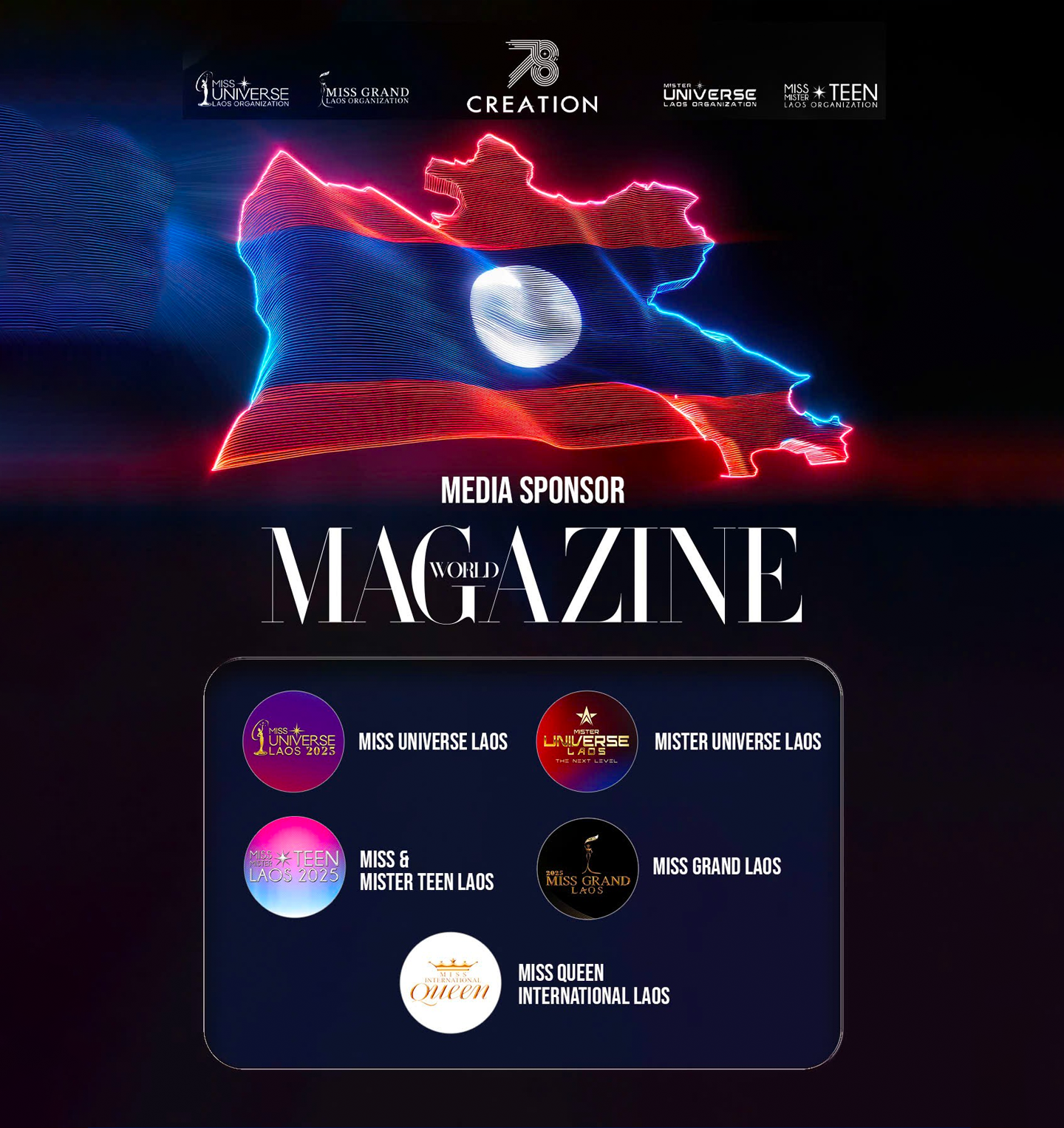The world’s largest creative industries and the burgeoning Artificial Intelligence sector are locked in a sprawling legal battle that threatens to stifle both artistic creation and technological innovation. The latest flashpoint involves media giants Disney, Universal Pictures, and Warner Bros Discovery jointly suing the Chinese AI company MiniMax over alleged mass copyright infringement. The core allegation—that MiniMax scraped vast amounts of copyrighted material, including iconic characters like Darth Vader and Mickey Mouse, to train its generative models without permission or payment—is not unique. This lawsuit is merely the latest in a global wave of legal actions launched by authors, publishers, music labels, and newspapers, challenging the fundamental “scrape first, ask later” approach favored by many AI firms. This common legal tactic is proving unsustainable. For AI to realize its true creative potential without bankrupting the industries it seeks to emulate, a more robust, scalable, and equitable framework is urgently needed: a move toward licensed data usage.
The Scrape-and-Sue Cycle
The business model of many leading generative AI companies is predicated on the ability to access and ingest truly massive datasets. To build models capable of generating human-quality text, images, or music, the AI must be trained on the entirety of human culture—much of which is protected by copyright. This demand for data has led to the controversial practice of “scraping,” where AI firms systematically harvest content from the open web without negotiating with or compensating the original creators.
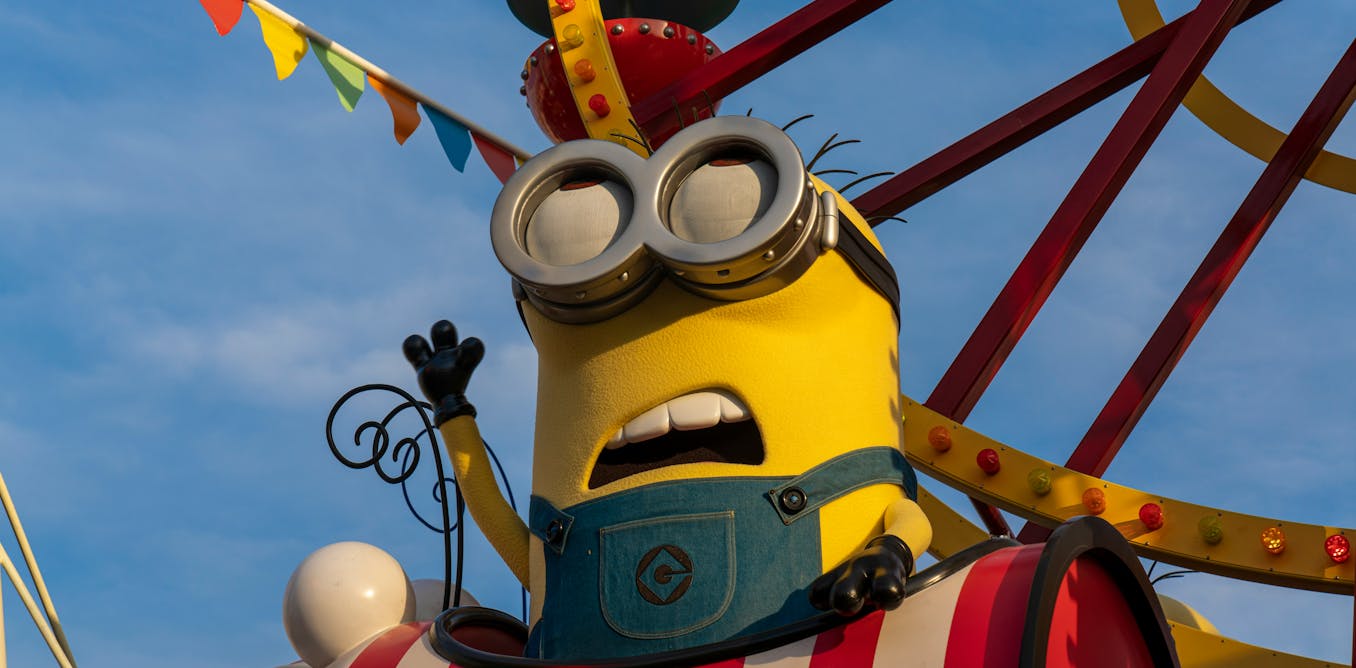
While AI companies often argue that this use constitutes “fair use”—a doctrine in copyright law that permits limited use of copyrighted material without permission for purposes such as commentary, criticism, or research—creators vehemently disagree. To Hollywood, the use of their most valuable assets (like copyrighted characters and narrative structures) to train a competitive product that threatens to devalue their own content is simply mass infringement. The growing frequency and scale of lawsuits, which now target both text- and image-generation models, indicate that the legal battleground is becoming prohibitively expensive for both sides, diverting resources that could be better spent on innovation and creation.
The Unsustainability of the Legal Battlefield
Relying on individual lawsuits to resolve the conflict between AI data needs and copyright protection is proving to be a fundamentally inefficient and costly process. Each case, often stretching across years and jurisdictions, forces courts to grapple with complex technological and legal questions that the original copyright statutes were never designed to address. The outcomes are unpredictable, creating a patchwork of legal precedents that fail to provide certainty for either AI developers or content owners.
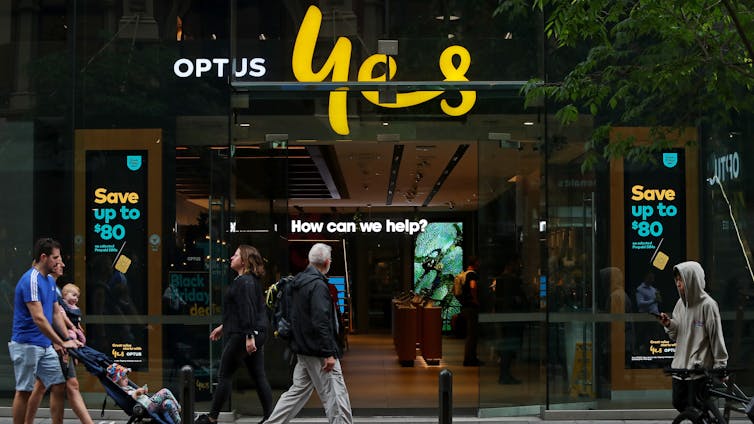
For AI companies, the risk of multi-billion-dollar liabilities from an unfavorable ruling introduces significant investment risk, potentially stifling innovation. For creators and content owners, this approach is a slow, costly drain on resources that only benefits those large enough to afford lengthy litigation, leaving independent artists and smaller creators without viable recourse. The current litigation model—characterized by its reactive nature and inherent friction—serves as a bottleneck on the creative economy, suggesting that a proactive, collaborative solution must be found to ensure the sustainable coexistence of both industries.
Voluntary and Collective Licensing Models
A more promising path forward lies in embracing various forms of licensed use, moving away from unauthorized scraping toward consensual, compensated access. This acknowledges that while AI companies need the data, copyright owners deserve remuneration for the use of their intellectual property. One of the most straightforward methods is the voluntary non-exclusive license, where a copyright owner grants an AI firm permission to use their work for training purposes in exchange for a fee, while retaining full ownership of the original content. This model is already being adopted in discreet agreements between certain news publishers and tech companies.
However, the administrative burden of negotiating millions of individual licenses makes this voluntary model impractical at scale. A more efficient alternative is the collective licensing model, which is already well-established in the music and publishing industries. Under this system, Collective Management Organizations (CMOs) or similar societies negotiate licensing terms with users (the AI firms) and distribute the collected fees to the copyright owners. By providing AI companies with simplified access to vast, licensed catalogues of data, this model addresses the scale problem and ensures artists are compensated, turning the adversarial relationship into a transactional one.
The Statutory License: A Radical Solution
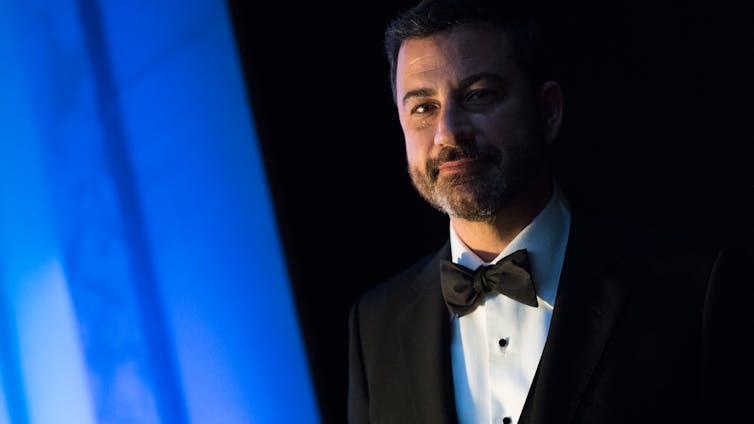
For a truly scalable and comprehensive solution, policymakers are beginning to explore the concept of a statutory licensing model. This approach would be enacted through government legislation, permitting AI firms to use copyrighted works for training purposes without requiring individual permission from every copyright owner. Instead, AI companies would pay a predetermined fee into a central scheme, which would then be distributed to rights holders.
This model, while more radical, offers significant advantages: it grants AI companies the guaranteed access to training data they need to function, while ensuring compensation for creators. The complexity lies in establishing a fair remuneration rate and an equitable distribution system for works used globally. Statutory licensing, however, provides regulatory certainty and attempts to balance the public interest in technological progress with the private right of creators to earn a living from their work. By implementing such a framework, the ongoing, costly legal wars could be replaced by a stable, transparent economic system where creative content fuels innovation rather than litigation.


